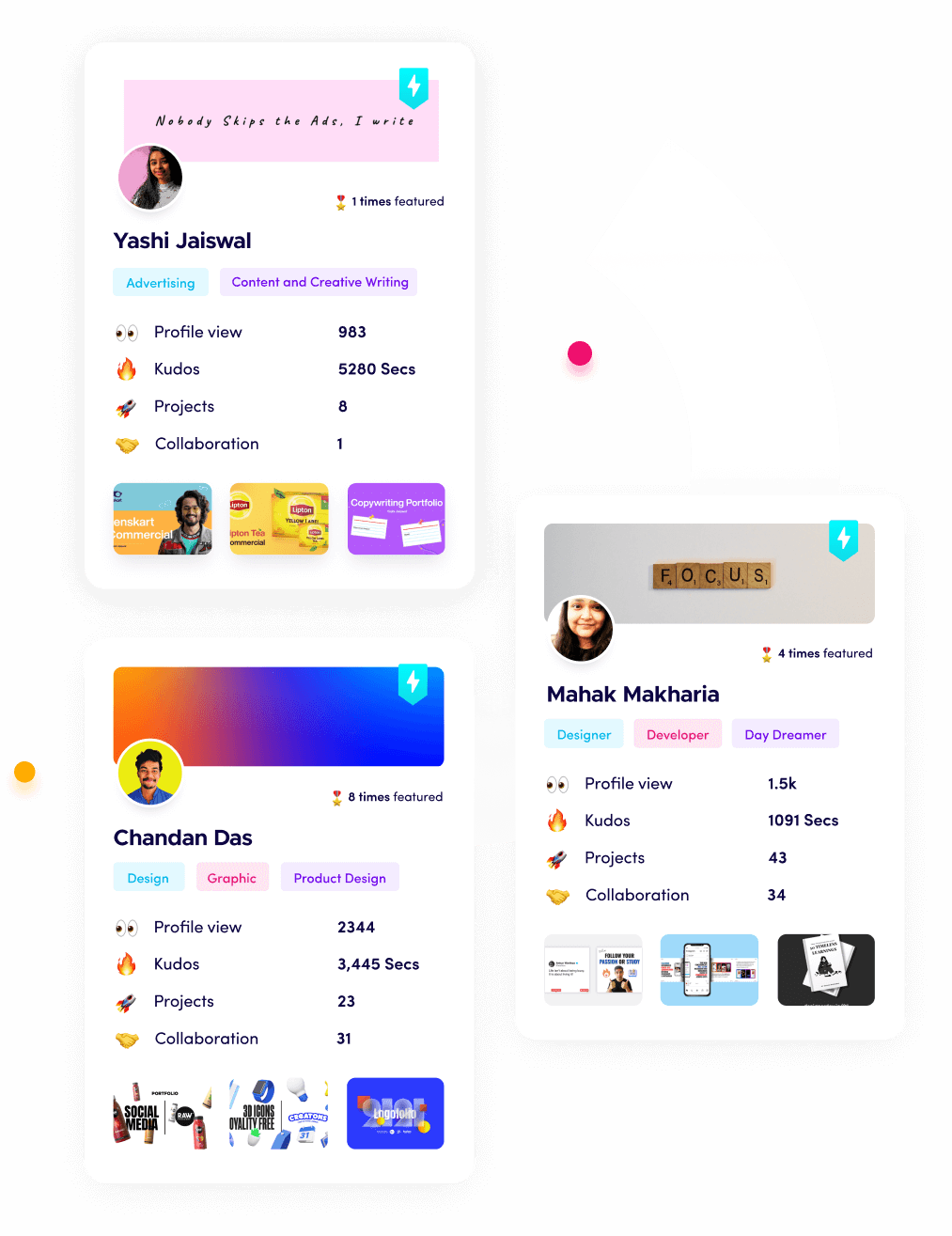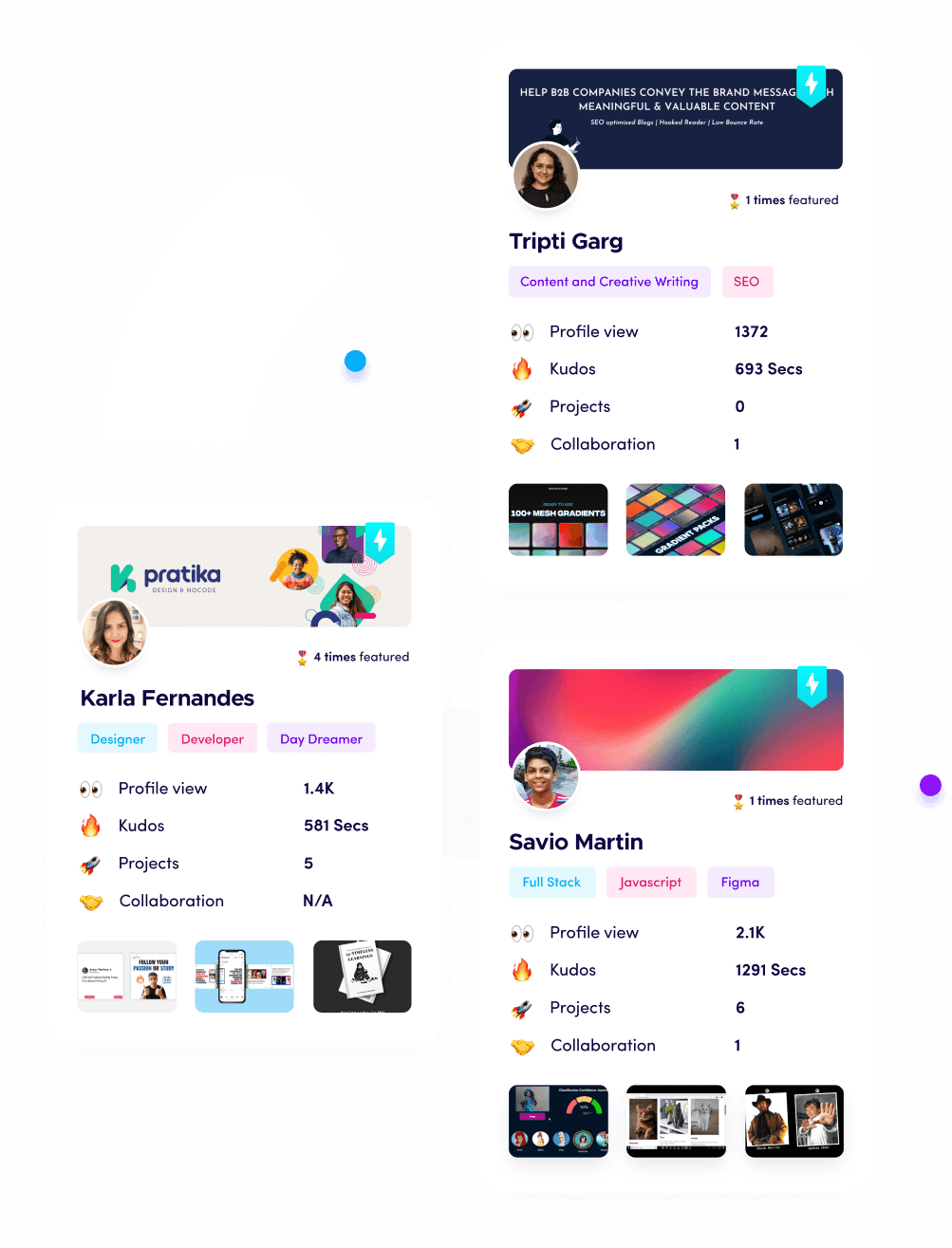Performance Tracking: Strategies & Tools for Managers

Riten Debnath
13 Jun, 2025

In the fast-paced world of work today, managers face the challenge of keeping teams productive, motivated, and aligned — often spread across locations or working remotely. Without solid performance tracking strategies and the right tools, even the best teams can lose focus and fall short of their goals. In 2025, mastering performance tracking isn’t just helpful — it’s essential for managers who want to lead successful, high-performing teams that deliver consistent results.
I’m Riten, founder of Fueler — a platform that helps freelancers and professionals get hired through their work samples. Just as managers need clear and effective ways to track team performance, professionals must also present their skills and achievements smartly. Your portfolio is not just a list of tasks done — it’s your proof of capability, your credibility, and your shortcut to earning trust. In this article, I’ll share the most effective strategies and tools managers can use in 2025 to track and improve performance across teams.
Why Is Performance Tracking Critical for Managers in 2025?
Performance tracking gives managers real insight into how well individuals and teams are performing against goals. It helps spot problems early, understand strengths, and guide development. The rise of remote and hybrid work makes this even more crucial because managers can’t just “walk over” to check on progress. Instead, they rely on data, communication, and technology to stay connected with their team’s output and well-being.
When done correctly, performance tracking leads to higher productivity, better employee engagement, and smarter decision-making — all of which boost the overall success of the organization.
1. Define Clear, Measurable Goals (KPIs) for Every Role and Project
The foundation of effective performance tracking is setting clear, measurable goals — also called Key Performance Indicators (KPIs). Every team member needs to understand exactly what success looks like in their role and project.
- Why Clear Goals Matter: Without clarity, employees may work hard but not necessarily on the right things. KPIs create focus and alignment with company priorities.
- What Good KPIs Look Like: They should be Specific, Measurable, Achievable, Relevant, and Time-bound (SMART). For example, a marketing manager’s KPI might be “Increase website leads by 20% in six months” — not just “Improve marketing.”
- Setting Tiered Goals: For larger teams or projects, break down KPIs into smaller milestones. This makes tracking progress manageable and motivating.
Clear KPIs are like a roadmap for performance — without them, managers and employees are driving blind.
2. Adopt Real-Time Performance Tracking Using Digital Dashboards
Waiting weeks or months to review performance is outdated and inefficient. Modern managers need real-time data and live dashboards that show progress instantly.
- Why Real-Time Data Is a Game-Changer: It allows managers to spot bottlenecks, celebrate quick wins, and adjust strategies immediately rather than waiting for formal reviews.
- Popular Dashboard Tools: Platforms like Microsoft Power BI, Tableau, and Google Data Studio let you create customized, interactive dashboards. They can display sales numbers, project statuses, task completions, or customer feedback — all updated live.
- How to Use Dashboards Effectively: Share dashboard access with your team so everyone understands current priorities and how their work impacts the bigger picture.
Real-time dashboards empower managers with up-to-the-minute insights that drive proactive leadership.
3. Use 360-Degree Feedback for Well-Rounded Employee Evaluations
Traditional performance reviews often focus only on what managers observe, which can be limited or biased. 360-degree feedback collects input from coworkers, subordinates, and even customers to get a full view.
- The Power of Multiple Perspectives: This approach builds a more accurate picture of strengths and areas for growth. It promotes honest communication and reduces blind spots.
- Creating a Culture of Continuous Feedback: Rather than waiting for annual reviews, encourage ongoing, constructive feedback exchanges among teams.
- Boosting Employee Engagement: When employees receive feedback from many sources using performance management software, they feel more supported and involved in their development.
360-degree feedback is essential for managers to understand how employees contribute in diverse ways beyond just numbers.
4. Balance Quantitative Metrics with Qualitative Insights
While numbers like sales figures or project completion rates are critical, they don’t tell the whole story. Soft skills such as collaboration, creativity, attitude, and adaptability also affect performance and team dynamics.
- Why Qualitative Data Matters: It helps managers recognize effort, innovation, and teamwork that may not show up in metrics.
- Sources of Qualitative Insights: One-on-one meetings, employee self-assessments, client testimonials, and peer recognition programs provide rich information about work quality and behavior.
- How to Integrate Qualitative Feedback: Combine these insights with quantitative data during reviews to give balanced, meaningful feedback that motivates and guides employees.
A holistic approach to performance tracking makes sure managers support both results and people effectively.
5. Leverage the Right Performance Tracking Tools for 2025 and Beyond
There are many digital tools designed specifically for modern performance tracking that managers should know about:
- Project Management Tools like Asana, Trello, or Monday.com help track tasks, deadlines, and team collaboration in one place.
- Continuous Feedback Platforms such as 15Five and Lattice facilitate ongoing check-ins, goal tracking, and 360-degree feedback.
- Time Tracking Software including My Hours, Toggl or Clockify helps monitor how employees allocate their work hours, which can improve productivity insights.
- Employee Engagement Tools like Officevibe and Culture Amp measure morale, engagement, and team sentiment in real time.
Using the right tools saves managers time, improves accuracy, and makes performance tracking more transparent and actionable.
Bonus
Leverage the Right Performance Tracking Tools for 2025 and Beyond
There are many digital tools designed specifically for modern performance tracking that managers should know about:
- Project Management Tools like Asana, Trello, or Monday.com help track tasks, deadlines, and team collaboration in one place.
- Continuous Feedback Platforms such as 15Five and Lattice facilitate ongoing check-ins, goal tracking, and 360-degree feedback. Also, modern performance review software like Zelt helps automate entire review cycles with timelines, anonymity, and manager visibility, making the process smoother and more effective.
Strategic Promotion of Fueler Within the Article
Just as managers need tools to track performance effectively, hiring managers today need new ways to evaluate candidates beyond traditional resumes. That’s why I built Fueler, a portfolio platform that helps companies hire through real assignments. Fueler lets professionals showcase their actual work samples, so managers see true skill and impact before hiring — reducing hiring risks and boosting team performance from day one.
Final Thoughts: The Future of Performance Tracking
Performance tracking in 2025 is about much more than just numbers. It’s about combining clear goals, real-time insights, holistic feedback, and the best digital tools to support and empower teams. Managers who master these strategies will lead motivated, high-performing teams ready to meet any challenge.
Remember, performance tracking is a continuous journey — not a one-time event. When done thoughtfully, it builds trust, drives growth, and creates a culture where everyone thrives.
FAQs
1. What are the best performance tracking tools for managers in 2025?
Top tools include Microsoft Power BI, Tableau, Asana, 15Five, Lattice, and Toggl. These help managers track goals, get real-time data, and collect feedback.
2. How do I set effective KPIs for my team?
Use the SMART criteria: make your KPIs Specific, Measurable, Achievable, Relevant, and Time-bound. Align KPIs with business goals and break them into smaller milestones.
3. Why is 360-degree feedback important in performance management?
It provides a well-rounded view of employee performance from multiple perspectives, promoting honest feedback and better engagement.
4. How can I balance quantitative and qualitative performance data?
Combine hard metrics like sales or task completion with qualitative insights from feedback, one-on-ones, and peer reviews to get a full picture.
5. How does Fueler help companies with performance tracking during hiring?
Fueler lets companies evaluate candidates based on real assignments and work samples, ensuring hires have proven skills and fit the team’s needs.
What is Fueler Portfolio?
Fueler is a career portfolio platform that helps companies find the best talents for their organization based on their proof of work.
You can create your portfolio on Fueler, thousands of freelancers around the world use Fueler to create their professional-looking portfolios and become financially independent. Discover inspiration for your portfolio
Sign up for free on Fueler or get in touch to learn more.


